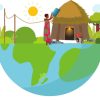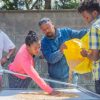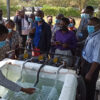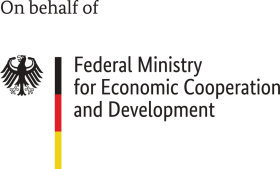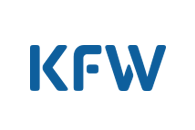Communities producing their own electricity
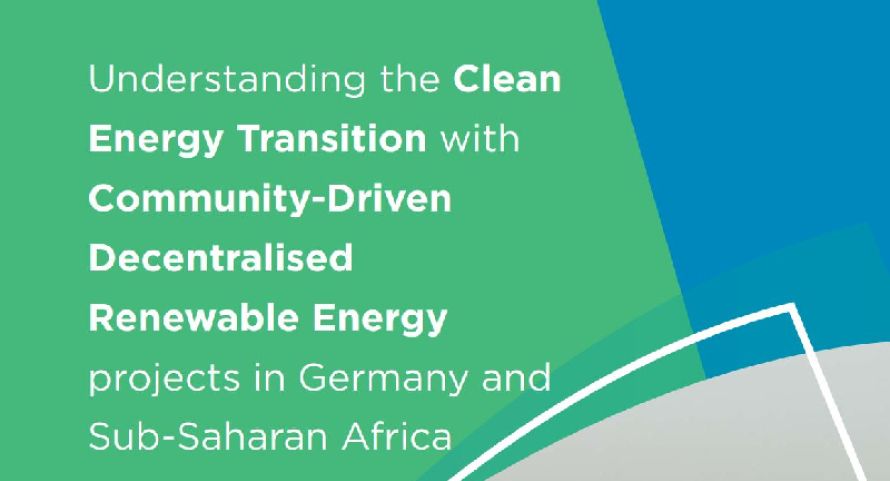
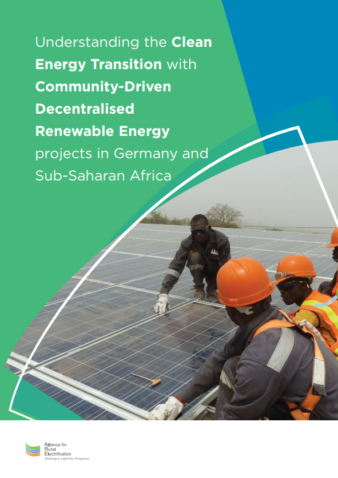
Electricity produced decentrally using renewable energy sources is the key to a sustainable power supply. In rural Africa, photovoltaics and minigrids are opening up new opportunities for local economic development and value creation – based on affordable electricity from renewable energies. Twelve African and German case studies in a new publication by the Alliance for Rural Electrification (ARE) show ideas and ways municipalities are taking control of their own energy supply.
Twenty years ago, the Federal Republic of Germany passed the Renewable Energy Sources Act. Today, the share of renewable energy in Germany’s power mix is already around 50%. Decentralised electricity produced and consumed in municipalities and communities contributes largely to this share.
It works well today, because it has become affordable. Unlike fossil fuels, with their immense investment costs, capital costs for solar, wind and other renewable energy plants are highly cost-effective generators of electricity. They hardly pose an obstacle for communities anymore, neither in Africa nor in Europe.
When the first German pioneers of green power started out a good 40 years ago, things looked very different. The technology did not run smoothly, there was no market geared to it, and no government to promote it. Instead, they faced resistance, from big power companies included. A new brochure, “Understanding the Clean Energy Transition with Community-Driven Decentralised Renewable Energy“, illustrates how these pioneers prevailed and also shows what citizens and communities can achieve when they join forces to generate their own energy. Three of the case studies outlined in the publication were projects ARE compiled together with the Green People’s Energy initiative (GBE).
There is a distinct spirit of optimism in many rural parts on the African continent. Solar panels are visible on houses and produce electricity for lights, mobile phones and other small appliances. In island grids, communities and other local institutions generate enough electricity to supply schools, health facilities and tradespeople safely and efficiently.
Power creates local jobs. Farmers cool, refine and package their products. Transport companies charge batteries for motorbikes at solar power stations or exchange empty batteries for full ones. Some investors even earn money by selling the electricity they produce themselves or feed it into a village grid. These are just some of the ideas presented in the nine projects by Germany’s GBE partner countries in Africa.
The publication is a joint project between GBE and the Alliance for Rural Electrification (ARE), which was in charge of publishing. The publication was launched in the webinar of the same name, and is available here.
